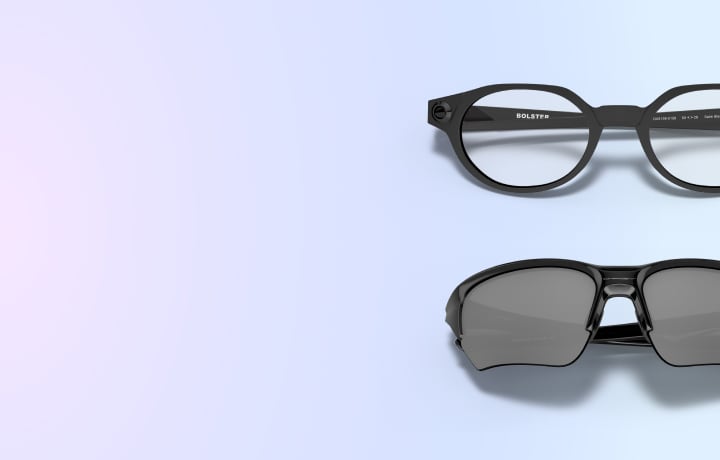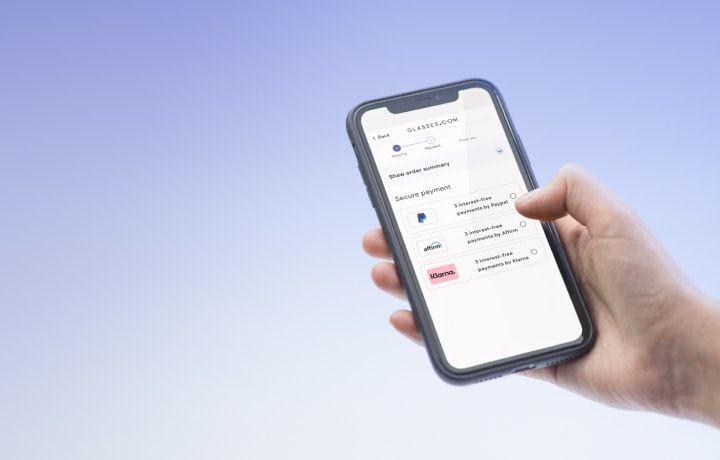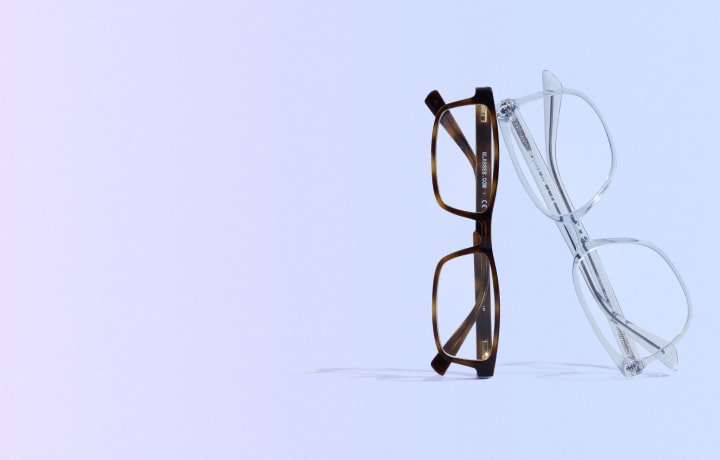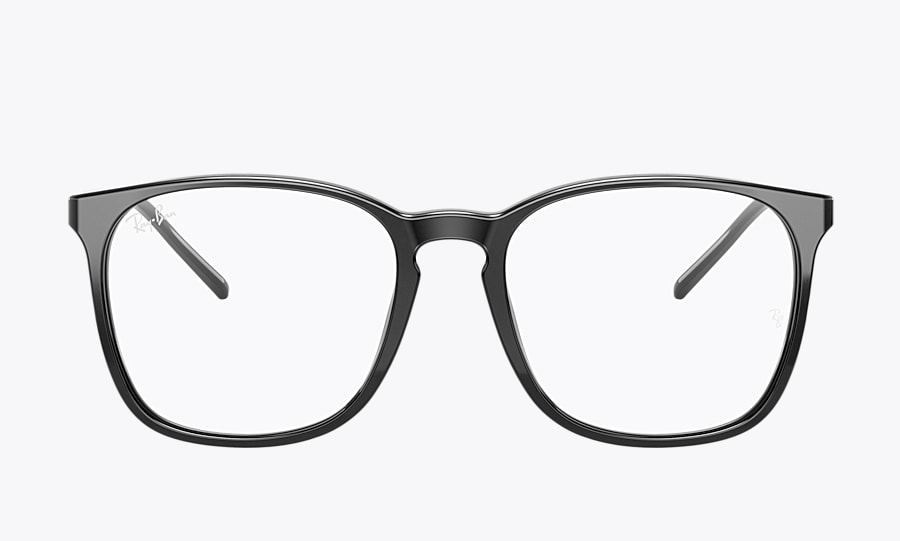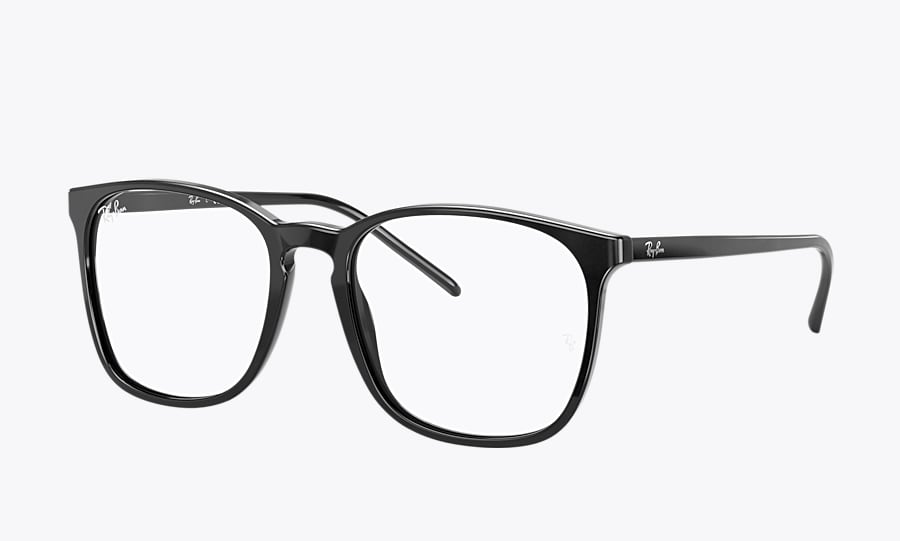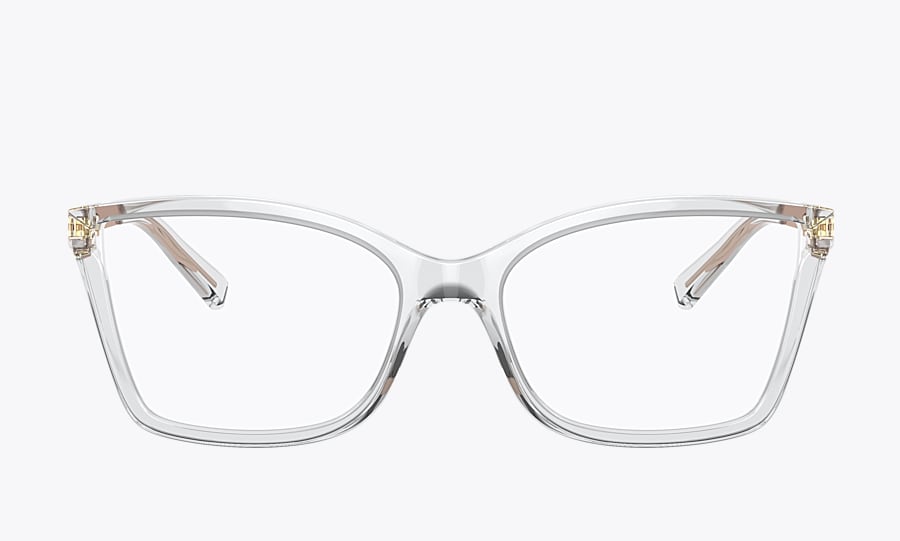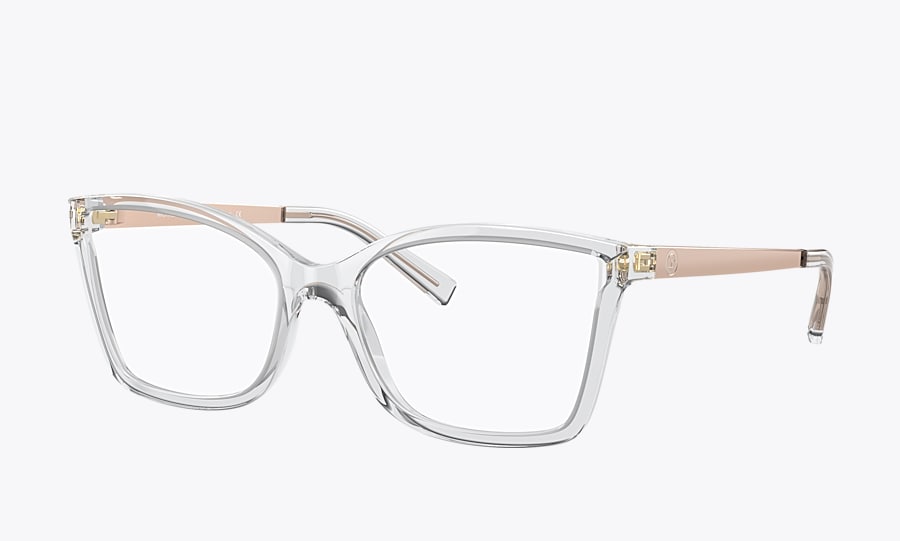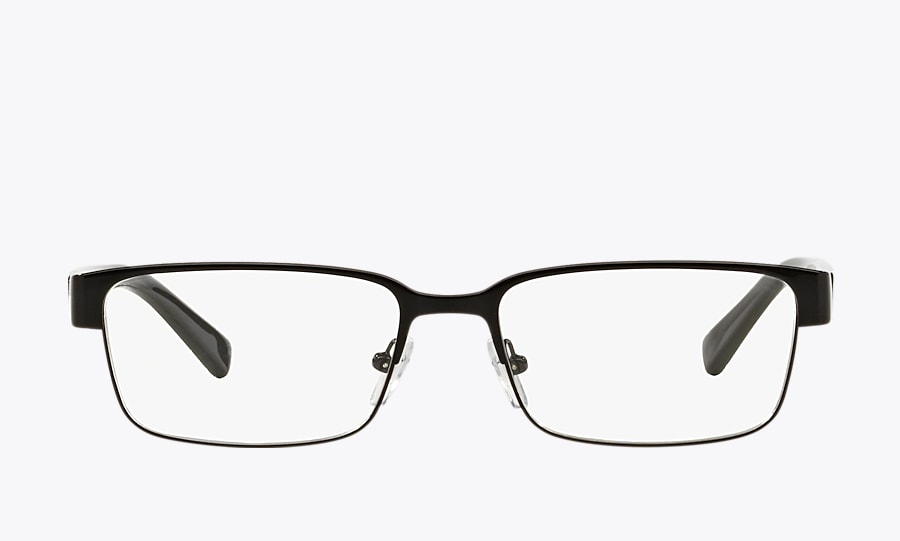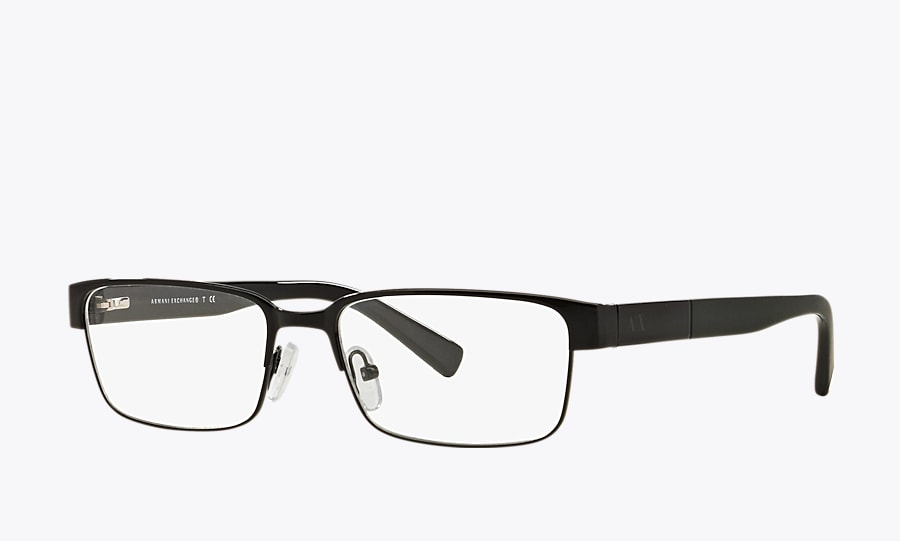
Farsightedness is an eye condition in which people can often see clearly far away, but objects up close may be blurry. Some people with farsightedness have blurry vision at both distance and near, depending on severity or age. The medical term for farsightedness is hyperopia.
When light enters the eye, the cornea and lens at the front of the eye help to focus it directly on the retina in the back of the eye. The retina senses the light and sends information through the optic nerve to the brain. The brain then turns this information into images.
If you have hyperopia, the light rays focus behind the retina. This causes issues with your vision and can make things look blurry.
What Causes Farsightedness?
The exact causes of farsightedness are unknown, but it seems to be hereditary. If your parents have hyperopia, there’s a greater chance that you will too. About 5%-10% of Americans are farsighted.
Farsightedness can be due to an eyeball that is too short in length from front to back. It can also be due to the cornea having too flat a curvature or the power of the lens being less than necessary.
What Are the Symptoms of Hyperopia?
You may be a person who has never needed to wear glasses, but as you get older, you might notice things up close — or maybe even far away — are beginning to look blurry. Some other symptoms that could be signs you have farsightedness include:
- Frequent squinting
- Headaches or fatigue, especially after doing tasks that require close-up vision such as reading
- Eye strain or a burning sensation in or around your eyes
- Trouble with accurate depth perception
Diagnosing Hyperopia
Your eye care professional can diagnose hyperopia during an eye exam.
Here’s how it works:
- First, you’ll be asked to read a chart across the room with no corrective lenses.
- Next, you’ll be asked to look through a testing device called a phoropter. The doctor will place a number of different lenses in front of your eyes and ask which ones make it easier to read the chart. This helps determine your prescription.
- You’ll get a prescription with a + sign in front of the numbers that shows you have hyperopia.
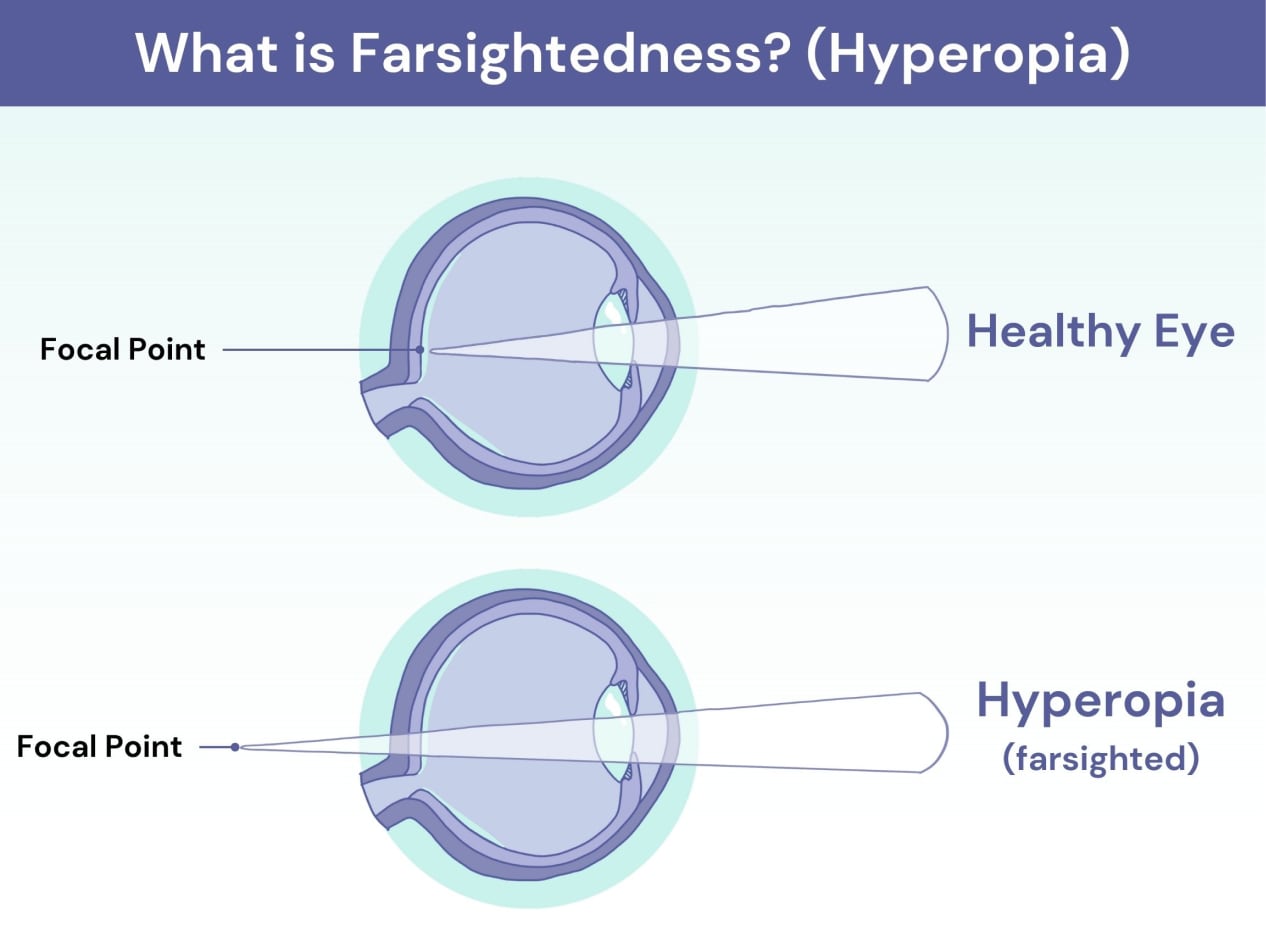
Hyperopia Treatment
You have several options to choose from to help treat your hyperopia, including:
Prescription Glasses
You can get lenses with your prescription in the frames of your choice. You may have to wear your glasses all the time or only as needed depending on how farsighted you are.
Prescription Contact Lenses
If you don’t want to wear glasses, you can get prescription contacts. Contact lenses are a convenient and comfortable choice to correct farsightedness the same way that glasses do.
Reading Glasses
If you are able to see clearly at distance without any problems but are having some difficulty focusing close up, you may just need over-the-counter reading glasses to wear for near activities, such as reading or working on a computer.
You can try on lenses with different powers to choose a pair that allows you to see clearly up close. Lower numbers indicate lower strength and can help if your hyperopia is low to moderate. Higher numbers can help if your near vision is very blurry.
Surgery
Surgical procedures, such as LASIK and PRK, also treat farsightedness. They reshape the cornea at the front of the eye to correct the refractive error that causes farsightedness. These surgeries are the most expensive option and should only be performed by a qualified ophthalmologist.
Hyperopia vs. Myopia (Farsighted vs. Nearsighted)
Myopia could be thought of as the opposite of hyperopia. People with myopia can see clearly close up but things at a distance are blurry.
Myopia is also caused by the way your cornea or lens focuses light. In this case, light entering the eye lands just short of the retina, making it hard to see clearly far away.
Hyperopia vs. Presbyopia
Hyperopia and presbyopia have many of the same symptoms, but they aren’t the same thing.
Presbyopia happens naturally as you age. The lens of your eye becomes less flexible, and it becomes harder for muscles around the lens to move the lens and focus light as it enters your eye. That’s why it’s harder to see close up the older you get.
Kids and Hyperopia
Children can be farsighted too, but unlike adults, they usually don’t have symptoms and often don’t need glasses or contact lenses if their hyperopia is mild. This is because children have a greater ability to accommodate (focus), which is often sufficient to compensate for mild levels of farsightedness.
Children with moderate to severe hyperopia can have trouble seeing, especially up close. If it’s not treated, kids may develop other eye problems such as:
- Amblyopia also known as “lazy eye.” This condition happens when vision in one eye is reduced because of abnormal development of the vision pathways in the brain in early life.
- Strabismus or “eye turn.” Strabismus is when the two eyes aren’t aligned and don’t work together as a team.
Living With Hyperopia
A diagnosis of hyperopia doesn’t always mean you’ll need prescription glasses or contact lenses. If your hyperopia is low or moderate and/or you’re under age 40, your eyes’ focusing system can usually work to help you see clearly at all distances.
At this time,there’s no known way to prevent hyperopia. In general, as long as you correct this refractive error, you shouldn’t experience vision complications.
Does Hyperopia Get Worse Over Time?
Vision changes are a natural part of aging. As people get older, they naturally begin to lose the ability to focus and compensate for mild levels of hyperopia. You may eventually need glasses or contacts to see better.
When to See Your Eye Doctor
If your vision is slowly becoming blurry up close and you haven’t needed glasses or contacts before, over-the-counter reading glasses may be enough. If readers aren’t helping, or if you have any of these symptoms, make an appointment with your eye doctor:
- Headaches
- Eye strain
- Blurry vision up close
- Blurry vision at all distances
- Sudden vision changes
- New eye problems
Your eye doctor can recommend solutions for your vision problems and help make sure you can see your best at any age.









